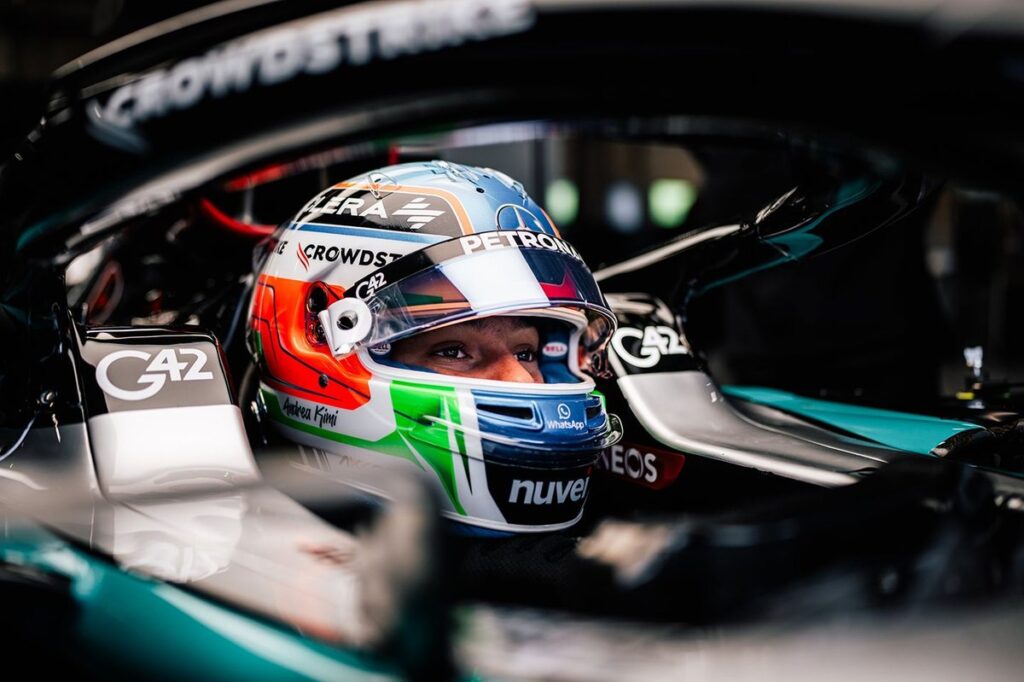FIA Expands Superlicense Rules, Potentially Benefiting Red Bull in Formula 1
In a move that could have significant implications for the future of Formula 1, the Fédération Internationale de l’Automobile (FIA) has updated its superlicense regulations to allow certain 17-year-old drivers to compete in the pinnacle of motorsport.
The governing body’s decision to amend Appendix L of the International Sporting Code was initially interpreted as a response to a request from Mercedes regarding its junior driver Andrea Kimi Antonelli. However, Autosport understands that the rule change may actually end up benefiting Red Bull’s young talent, Arvid Lindblad.
The new clause states that the FIA, at its “sole discretion,” can grant a superlicense to 17-year-old drivers who have “recently and consistently demonstrated outstanding ability and maturity in single-seater formula car competition.” This represents a departure from the previous requirement of being at least 18 years old to obtain the necessary superlicense.
While the initial trigger for the rule change was reportedly a request from Mercedes regarding Antonelli’s potential Formula 1 debut in 2024, before he turns 18 in August, it has now emerged that the FIA decided to undertake a deeper assessment of the age element of the superlicense regulations in consultation with the F1 teams.
Interestingly, the change to the superlicense rules could work in favor of Red Bull’s junior driver Arvid Lindblad, who is set to turn 17 in August. The updated regulations mean that Lindblad could potentially be granted a superlicense and participate in FP1 sessions from that point onwards, providing a significant boost to the energy drink manufacturer’s driver development program.
However, any such opportunity for Lindblad would still require approval from the FIA under the discretionary element of the rule change, underscoring the governing body’s role in shaping the future of Formula 1 talent.
As the motorsport world closely follows these developments, it remains to be seen how the FIA’s decision will impact the landscape of Formula 1 and the paths taken by promising young drivers seeking to reach the pinnacle of single-seater racing.
🔗 Source
